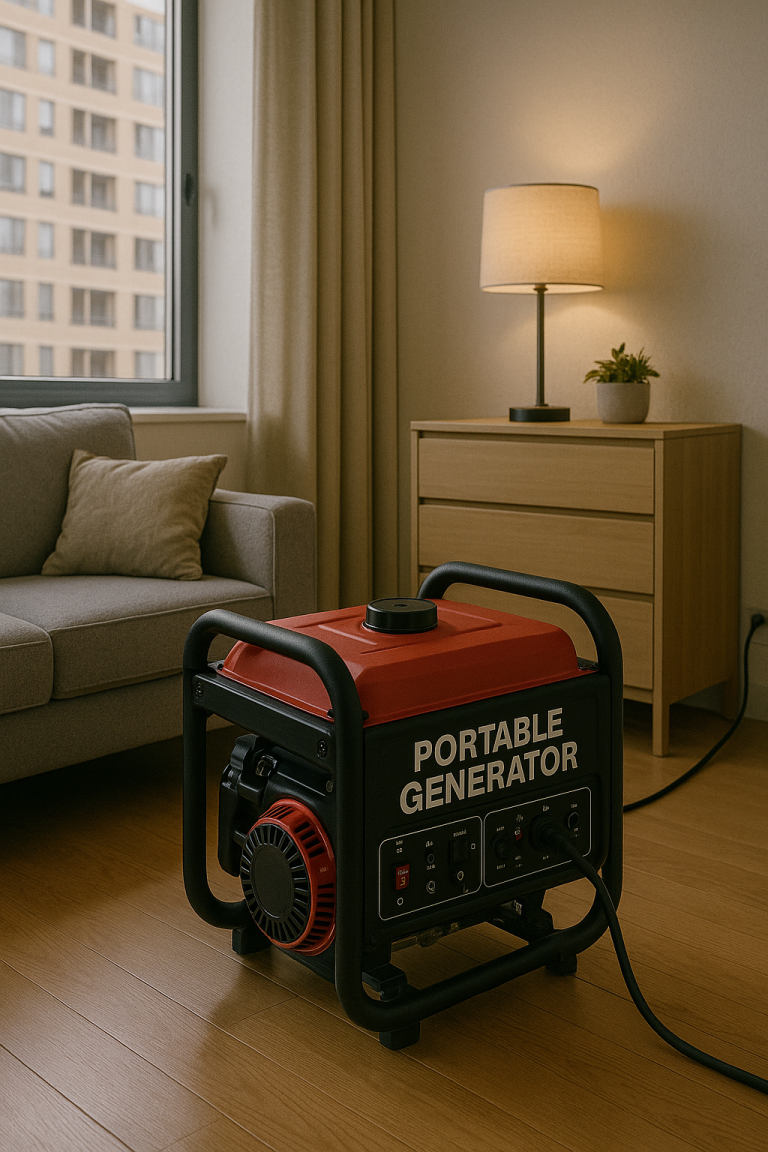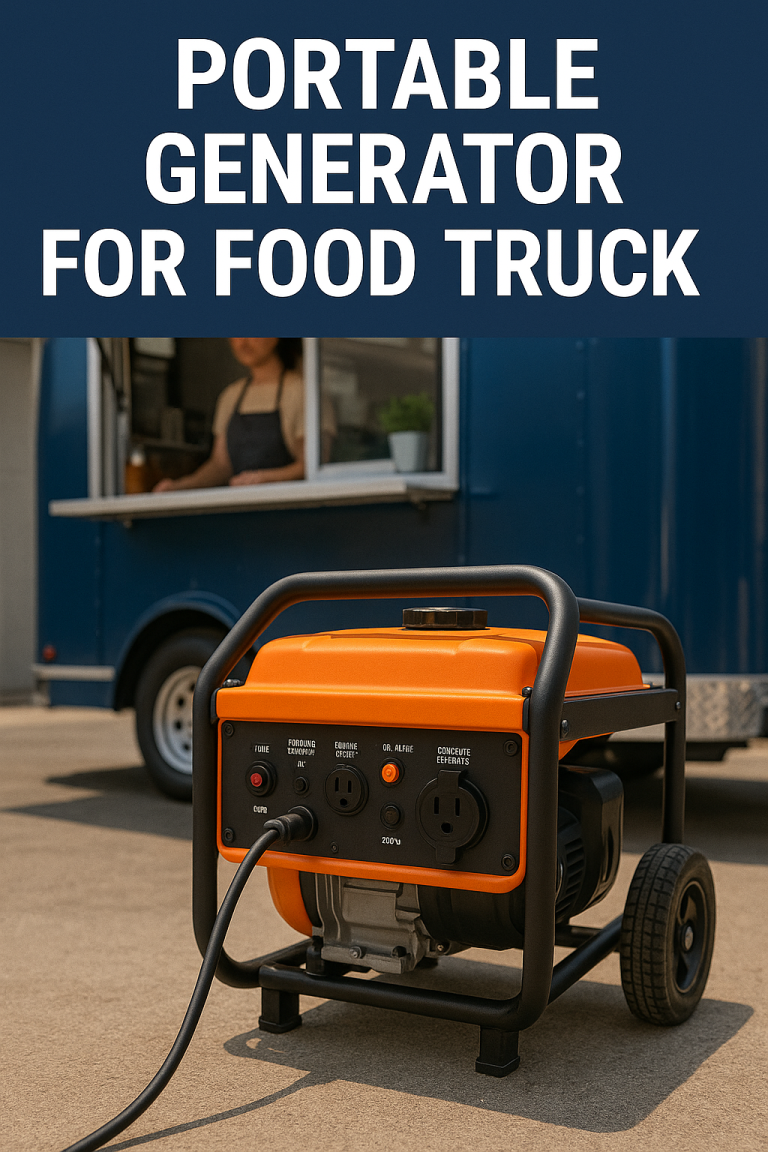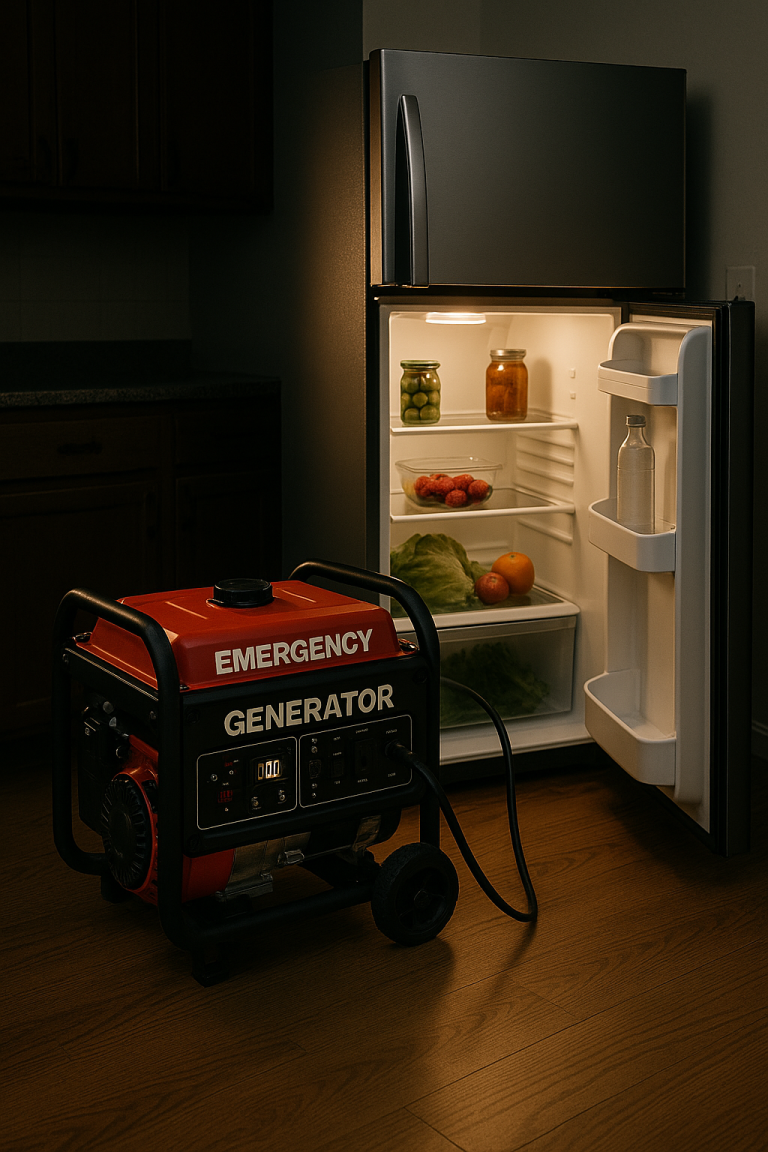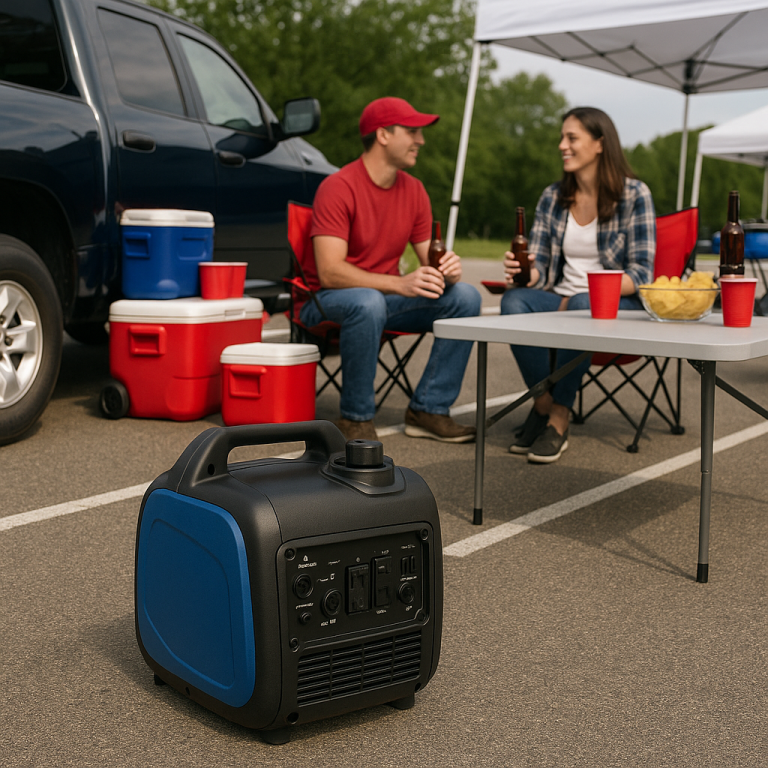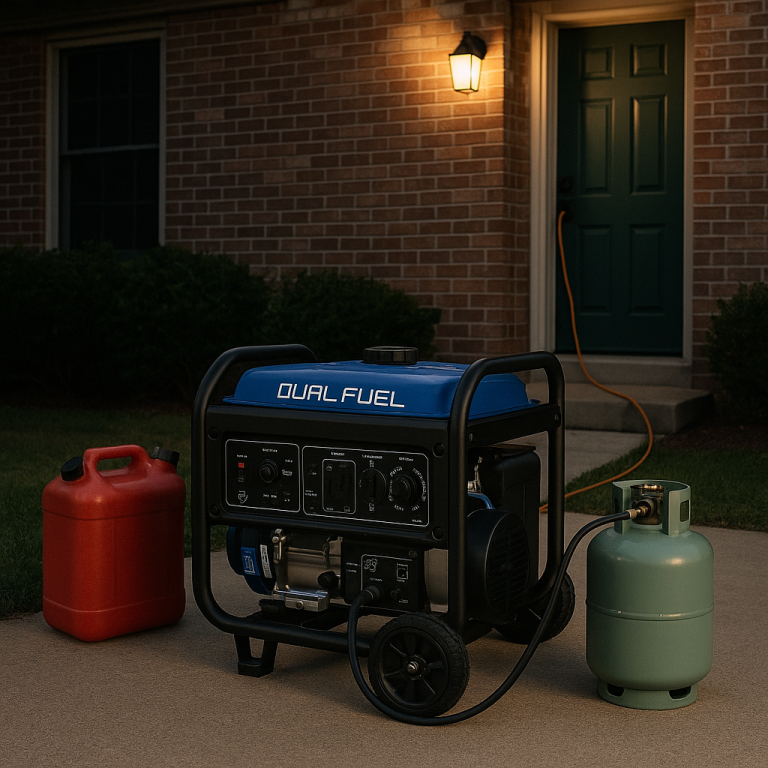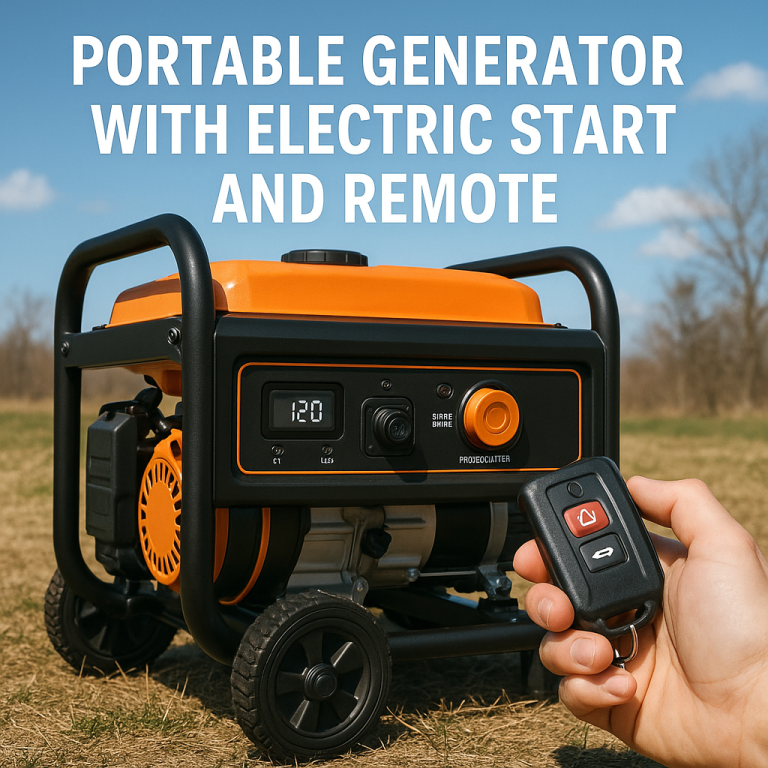Portable Generator for Job Site Tools – Power Where You Work
On a busy construction site or remote job location, access to reliable power isn’t always guaranteed. Whether you’re building a house from the ground up, working in a new development with no grid access, or tackling repairs in the field, you need tools that work — and that means having dependable electricity. That’s where a portable generator for job site tools comes into play.
These generators are built tough, designed to power everything from saws and drills to compressors and floodlights. But not all generators are suitable for job site use. You need one that delivers the right amount of power, withstands tough conditions, and keeps your crew productive all day long.
In this guide, we’ll cover how to choose the right portable generator for your tools, what features matter most on the job, and tips for getting the best performance and safety out of your setup.
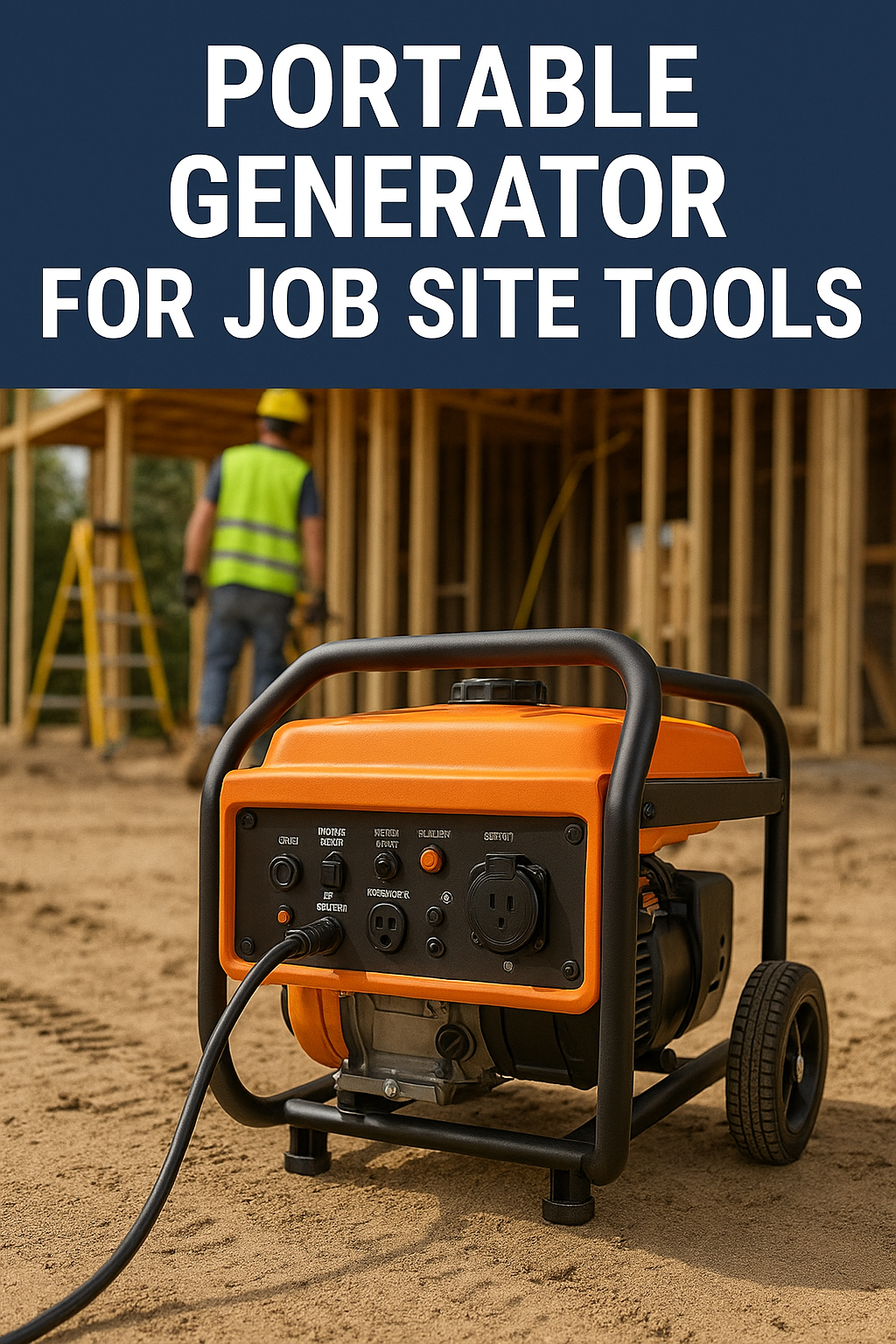
Why Job Sites Need Portable Generators
Construction sites and remote job locations often lack permanent power infrastructure. Extension cords can only go so far — and even when power is available, it’s not always where you need it.
A portable generator brings power to you, allowing you to:
- Operate power-hungry tools like saws, drills, air compressors, and sanders
- Run lighting in dark or indoor areas
- Charge batteries for cordless tools
- Power heaters or fans in extreme weather
- Keep work moving in off-grid or backup situations
The right generator doesn’t just support your tools — it boosts productivity, saves time, and keeps your team on schedule.
How Much Power Do You Need for Job Site Tools?
Job site tools vary in power requirements, but most fall within predictable wattage ranges. It’s important to account for both running watts and starting watts — the surge required when a tool first powers on.
Here’s a general idea of typical tool power needs:
- Circular saw: 1200–1800 watts
- Air compressor: 1200–2000 watts
- Hammer drill: 600–1200 watts
- Reciprocating saw: 800–1500 watts
- Shop vacuum: 800–1400 watts
- Portable lighting: 200–500 watts
- Battery chargers: 100–300 watts
To power multiple tools at once, you’ll want a generator that provides at least 4000 to 7000 running watts, depending on your workflow. For small-scale jobs or light-duty tools, 3000 watts may suffice, but larger crews and heavy-duty tasks require more headroom.
Best Type of Generator for Job Sites.
While there are many generators on the market, contractors and tradespeople need units specifically built for rugged, real-world environments. Here’s what to consider:
Open-Frame Generators (Contractor Grade)
These are the most common generators used on job sites. They offer:
- High wattage output for multiple tools
- Durable steel frames to protect components
- Large fuel tanks for extended runtime
- Basic, rugged construction for outdoor conditions
While they’re not as quiet as inverter models, open-frame generators are known for raw power, simplicity, and toughness, making them ideal for the demands of the job site.
Inverter Generators. (For Smaller, Quieter Jobs)
Inverter generators produce cleaner, more stable electricity and are typically quieter and more fuel-efficient. They’re better for:
- Jobs near noise-sensitive areas
- Running sensitive electronics (laser levels, laptops, battery chargers)
- Powering smaller crews or light-duty tools
Just keep in mind that inverter generators usually max out around 3000–4000 watts, which may not be enough for heavy equipment.
Key Features to Look For in a Job Site Generator.
Choosing a generator isn’t just about wattage. These features help ensure safety, durability, and ease of use while you’re on the clock.
High Surge Capacity.
Some power tools, especially those with motors or compressors, require a surge of power to start. Choose a generator with enough headroom to handle this startup load without tripping breakers or bogging down.
Multiple 120V Outlets. (and 240V if needed)
You’ll want multiple grounded outlets so you can run more than one tool at once. Some job sites also require 240V outlets for larger welders or equipment.
GFCI Protection.
For safety, look for GFCI (Ground Fault Circuit Interrupter) protected outlets — especially if you’re working around water or in damp conditions. These help prevent electric shock and meet OSHA job site standards.
Durable Frame and Weather Protection.
Your generator should be built for abuse — think steel roll cage, vibration resistance, and protective covers over outlets. Look for units labeled as job site ready or contractor-grade.
Long Runtime.
You don’t want to stop and refuel every couple of hours. Choose a generator that offers 8–12 hours of runtime at 50% load. Larger fuel tanks or dual-fuel options can extend runtime even further.
Portability and Maneuverability.
If you’re moving between job locations, look for a generator with wheels and a folding handle. Larger models should be equipped with never-flat tires to handle rough terrain.
Fuel Options: Gasoline, Propane, or Dual Fuel?
Most job site generators run on gasoline, but dual-fuel models that support propane are becoming popular due to fuel flexibility.
Gasoline Pros:
- More power output
- Widely available
- Good for high-demand tools
Propane Pros:
- Cleaner burning
- Longer shelf life
- Safer for storage in some environments
Dual-fuel generators give you the best of both worlds, allowing you to switch fuels based on availability or storage limits.
Safety Tips for Using Generators on the Job Site.
Generators are powerful, but they can also be dangerous if misused. Always follow these best practices:
- Run the generator outdoors, never inside a structure or enclosed trailer
- Keep it at least 20 feet away from work areas or crew tents
- Point the exhaust away from workers and doors
- Use heavy-duty extension cords rated for outdoor use
- Ensure all cords are off the ground and out of walkways
- Check oil and fuel daily during heavy use
- Install carbon monoxide detectors in nearby enclosed spaces
- Train your crew on generator safety and shutdown procedures
Extra Power Tips for Efficiency on the Job
- Use a power distribution box if you’re powering multiple tools at once
- Cycle tools when possible — don’t run everything at the same time unless necessary
- Store fuel safely in approved containers, away from heat sources
- Always secure the generator during transport to avoid fuel spills or damage
- Keep a maintenance log to track oil changes, filter cleaning, and performance issues
Final Thoughts: Power Through Any Job with the Right Generator.
A portable generator for job site tools is more than a convenience — it’s a productivity tool. It keeps your team working, your equipment running, and your schedule on track no matter where the job takes you.
To recap:
- Choose a generator with at least 4000 to 7000 running watts for most job sites
- Prioritize GFCI outlets, long runtime, and rugged build
- Match your generator’s outlet types and voltage to your tools
- Use safety protocols every time the generator is in use
- Consider dual-fuel models for added flexibility and extended runtime
When your tools are powered, your crew stays productive and that’s what gets the job done right.
Click the link below and check this reliable option:

Westinghouse iGen10000PRO Digital Inverter Generator – 8200W Running/10000W Starting, Electric Start,100% Pure Sine Wave, Ideal for Job Sites and Mains Backup Power Supply – Blue.

